Accessibility
We aim to make this website accessible to everyone. Below we describe the standards and techniques we have used to achieve this.
If you have any questions or suggestions or problems regarding the accessibility of this website, please do not hesitate to contact us. We hope to continually improve the use of the site for all of our visitors.
The website is constantly evolving, and will be considerably expanded and refined in the coming years.
Web standards
In terms of technical standards, this site conforms to the W3C Web Content Accessibility Guidelines v2.1, Level Double-A. However, it also implements the majority of recommendations at Triple-A levels.
Text sizes
All text is resizable, so if it is too small or large for easy reading you can use your browser settings to display it at your preferred size.
If you have already selected a non-standard text size in your browser settings, the size you prefer will be visible from the moment you enter the website, and you won’t need to reset it for each page.
Colour and contrast
The colours for this website have been chosen to provide visual contrast. The level of contrast between any text and its background meets the W3C Web Content Accessibility Guidelines v2.0, Level Triple-A. We used the WebAIM colour contrast testing tool to check the contrast.
If you prefer to control colours using your browser, you can find guidance on doing this on the Abilitynet website.
Images
A text alternative is provided for some images that are part of the editorial content of this website. This alternative text is short and to the point and will be read out to those using screen-reading software. As a volunteer driven site with frequent additions of contributor-led content, some images do not have the text alternative. If you come across such an image, please contact us and we will attempt to provide a text alternative.
Where an image is simply a background image for aesthetic purposes we don’t add alternative text, as this would add unnecessary ‘noise’ for people using screen-readers.
Videos and audio
If you find any interviews or videos which require additional transcription, you are welcome to contact us and we will try to make the transcripts available.
Identifying the content of each page
Page titles are different on each unique page, and give some indication of the content of the page.
Headings divide the page where necessary, and can be used to get an overview of the content.
Navigating from page to page
You should be able to reach all parts of the website by following links that can be navigated from your keyboard. This means that if you have restricted sight or mobility, you are able to use your keyboard tab key or switch device to move from link to link.
All links will open in your current browser window unless specified
Features provided by third-party sites
Because we are drawing on content from a wide range of sources, this website includes third-party technology and features. These include:
- Adobe PDF downloadable documents
- Embedded links and content from Facebook and Twitter
- Google Maps (third party map application)
- YouTube (third party video application)
We may not be able to fully resolve any accessibility issues related to this third-party technology. However, if you do identify any issues that are causing you problems, let us know and we will do what we can to help.
Useful resources
- The My Computer My Way web pages provided by AbilityNet contain guidance on how you can make your computer easier to use.
- BBC My Web, My Way offers information to help get the most out of the accessibility features on your computer.
- To access documents on this website in PDF or Word format, you need software provided by Adobe and Microsoft. You may well have this software on your computer already. If not, here are the download links:








